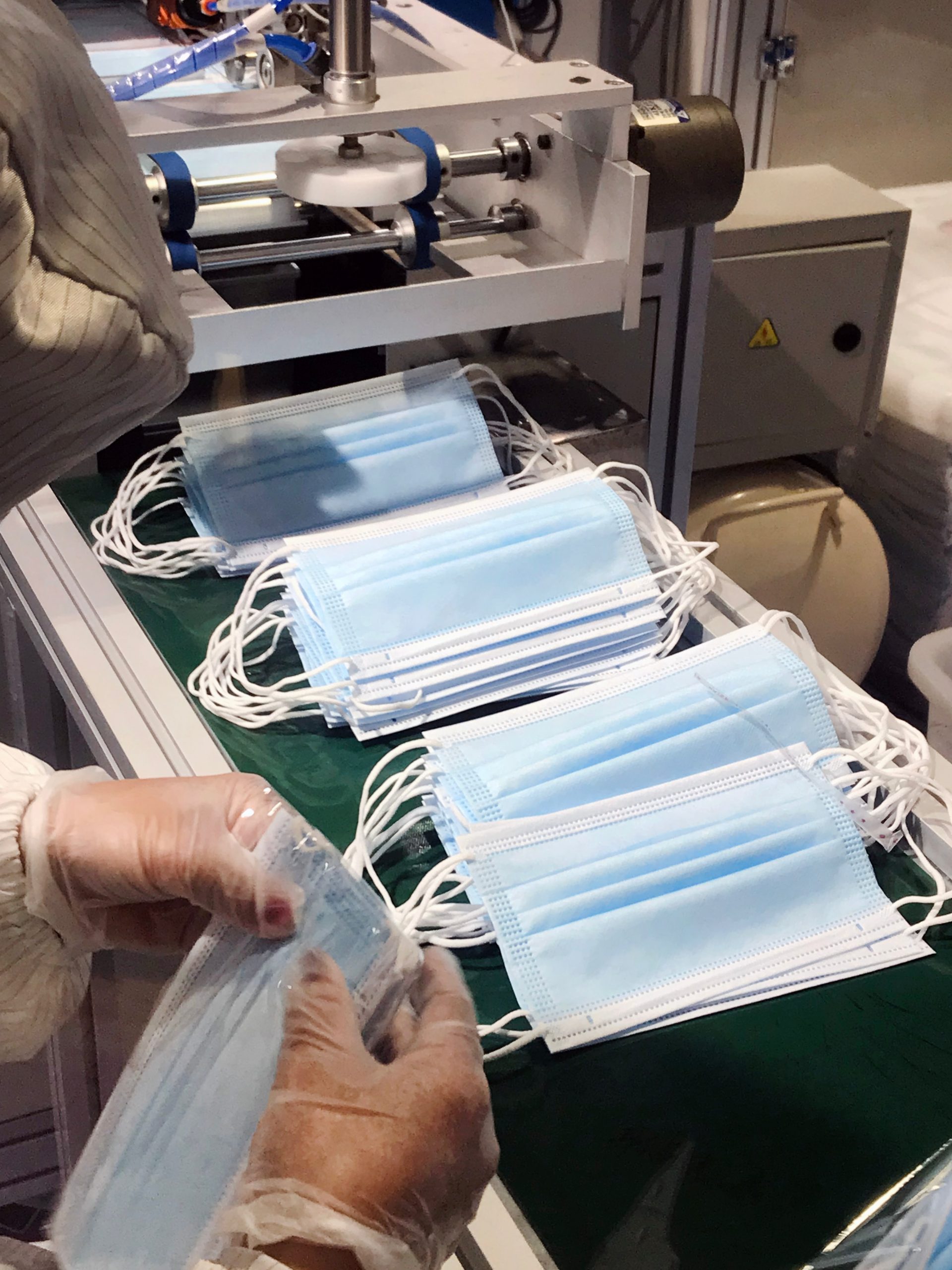
Building Medical Supply Chain Resilience through a U.S. Manufacturing Reserve and Digital Stockpile
Summary
To prevent another medical supply chain breakdown like the one experienced during the COVID-19 pandemic, the Federal Government must create an emergency response plan to activate domestic, local medical supply manufacturing. A national network of small-to-mid-size manufacturers and prototyping labs — a U.S. Prototyping and Manufacturing Reserve — should be formalized and incentivized to act as first responders for emergency innovation and medical supply manufacturing needs.
To properly equip the Reserve, the Federal Government should build a comprehensive library of open source medical and emergency supply “blueprints” — a U.S. Digital Stockpile — that consists of manufacturing requirements to enable distributed local emergency production. Combined, these new national security resources will facilitate rapid local response to both regional disasters and international supply chain disruptions.
When the U.S. government funds the establishment of a platform for testing hundreds of behavioral interventions on a large diverse population, we will start to better understand the interventions that will have an efficient and lasting impact on health behavior.
Integrating AI tools into healthcare has an immense amount of potential to improve patient outcomes, streamline clinical workflows, and reduce errors and bias.
Whole Health is a proven, evidence-based framework that integrates medical care, behavioral health, public health, and community support so that people can live healthier, longer, and more meaningful lives.
Innovation Ecosystem Job Board connects scientists, engineers, technologists, and skilled federal workers and contractors who have recently departed government service with the emerging innovation ecosystems across America.